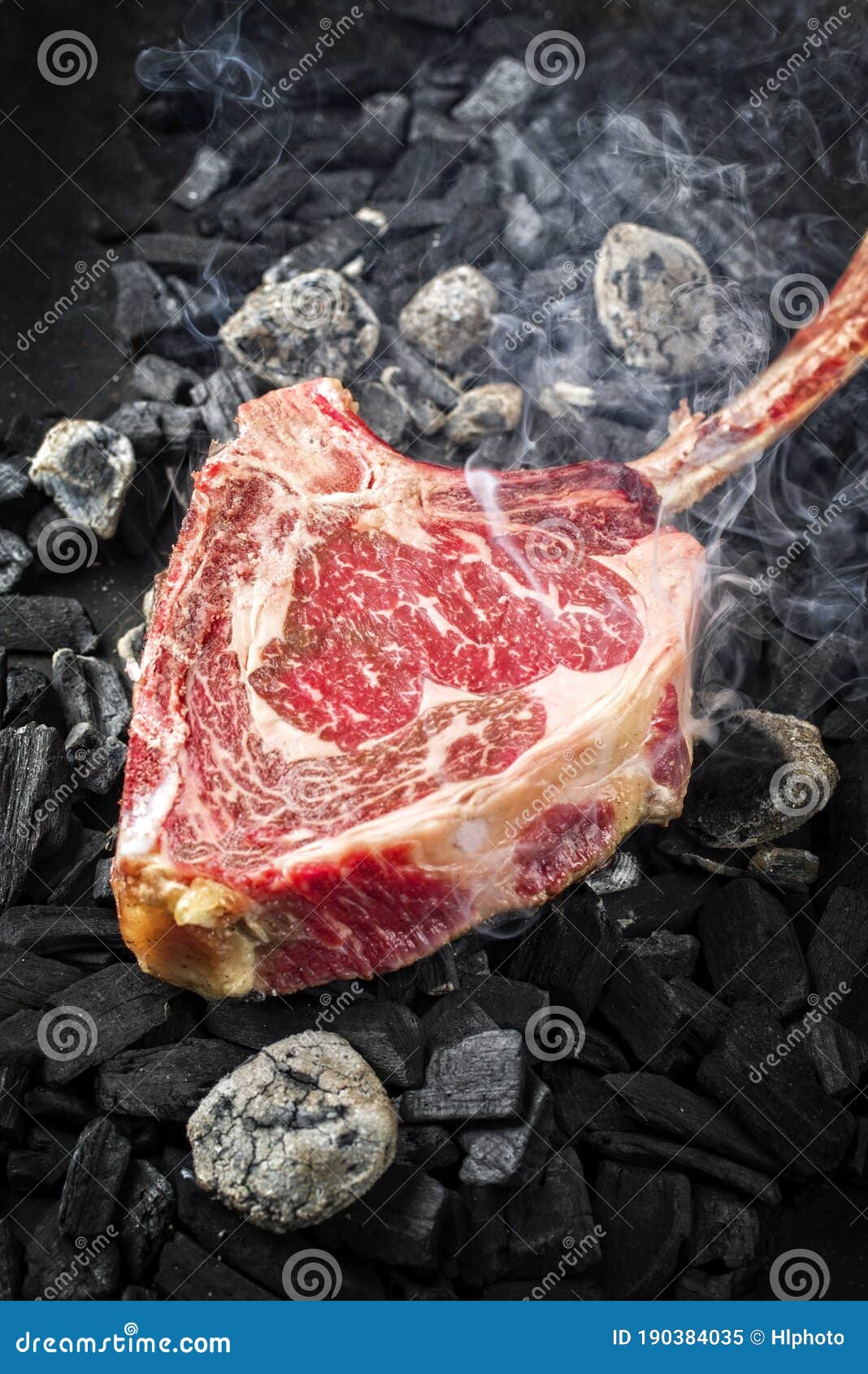

That makes the steak ultra-tender, exceptionally juicy, and packed with flavor. The reverse sear gives us the opportunity to cook the meat low and slow so that it doesn't overcook, then the reverse sear puts the finishing touches on the steak just before it goes to rest. Reverse searing is one of our favorite ways to cook any thick cut of beef. Why We Like the Reverse Sear for Tomahawk Steaks At about the same time, the Milliard reaction begins, and that is what gives you the crispy, crunchy exterior bark you crave from good barbecue. The connective tissue and fats will begin to break down, giving you tender, juicy meat. Why Medium-Rare is Bestįood science says that at a medium-rare temperature, a number of chemical reactions are taking place that enhance the way your food tastes. We know there are going to be people who will argue the proper doneness of a steak but in our experience, you'll get the optimal tenderness and robust beefy flavor from a medium-rare tomahawk steak. The only way that a tomahawk steak should be cooked is to a perfect medium-rare. We're going to circle the wagons here and go out on a limb. This can be done on a hot barbecue, in a large cast-iron skillet, or on a Blackstone griddle. You can sear and barbecue a tomahawk, cook it in the oven, or even grill it over a campfire – but we prefer to do a reverse sear on our favorite tomahawk steaks. Since these steaks are typically a minimum of two inches thick, you are going to want to use a cooking method that ensures the steak is done all the way through without overcooking the outside. The length of time will depend on the cooking method you choose and the actual thickness of your tomahawk steak. How Long Does it Take to Cook a Tomahawk?

In fact, we are going to show you several ways you can cook this show-stopper to perfection.

We've got some tricks up our sleeve to help you get the perfect medium-rare every time, even when cooking a massive piece of beef like the tomahawk steak. Getting things just right doesn't have to be difficult, though. Worse, because of the long bone, you can also run the risk of overcooking the ribeye cap while leaving the round near the bone undercooked. Just like any large piece of meat, the most intimidating part of cooking a tomahawk steak is deciding how long to cook it without overdoing it.


 0 kommentar(er)
0 kommentar(er)
